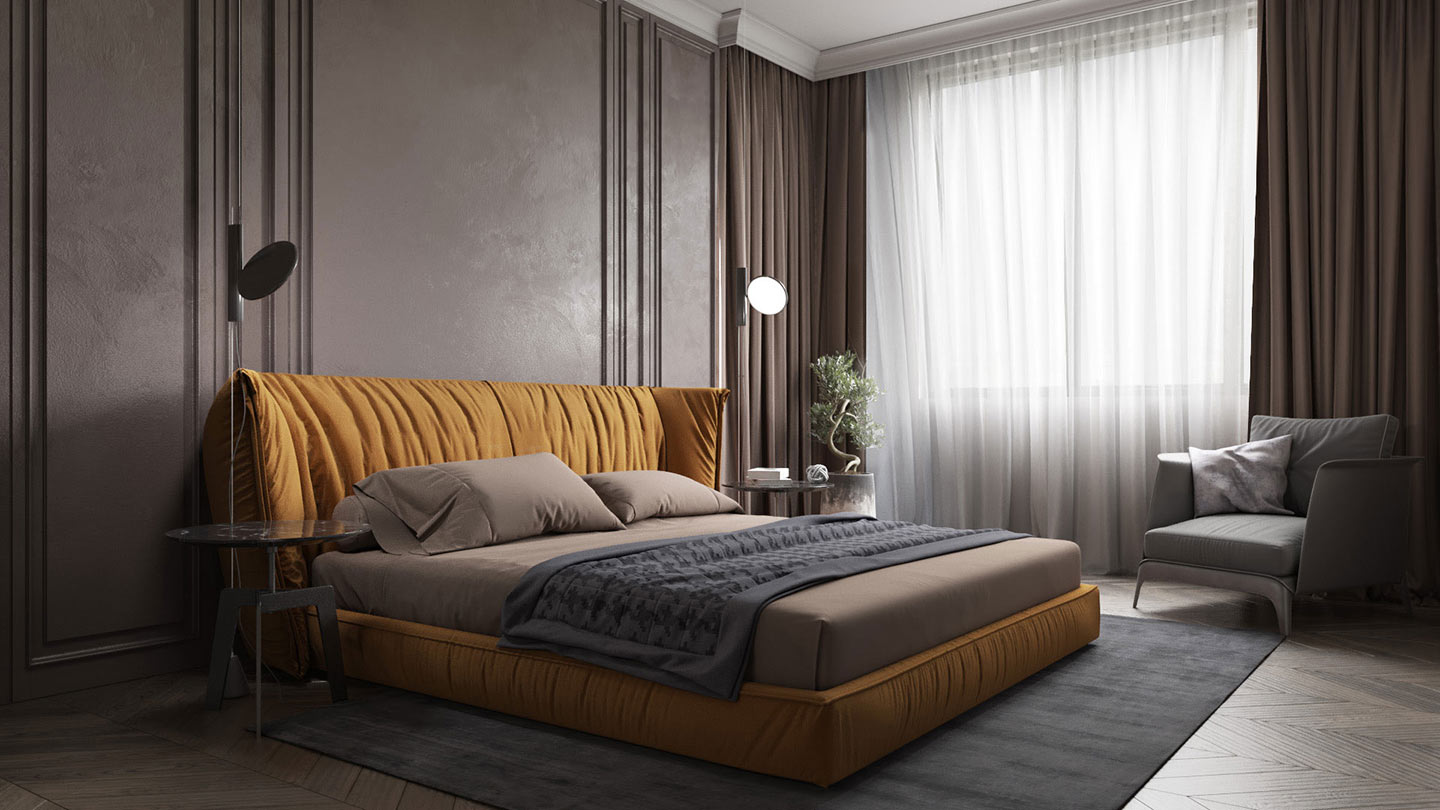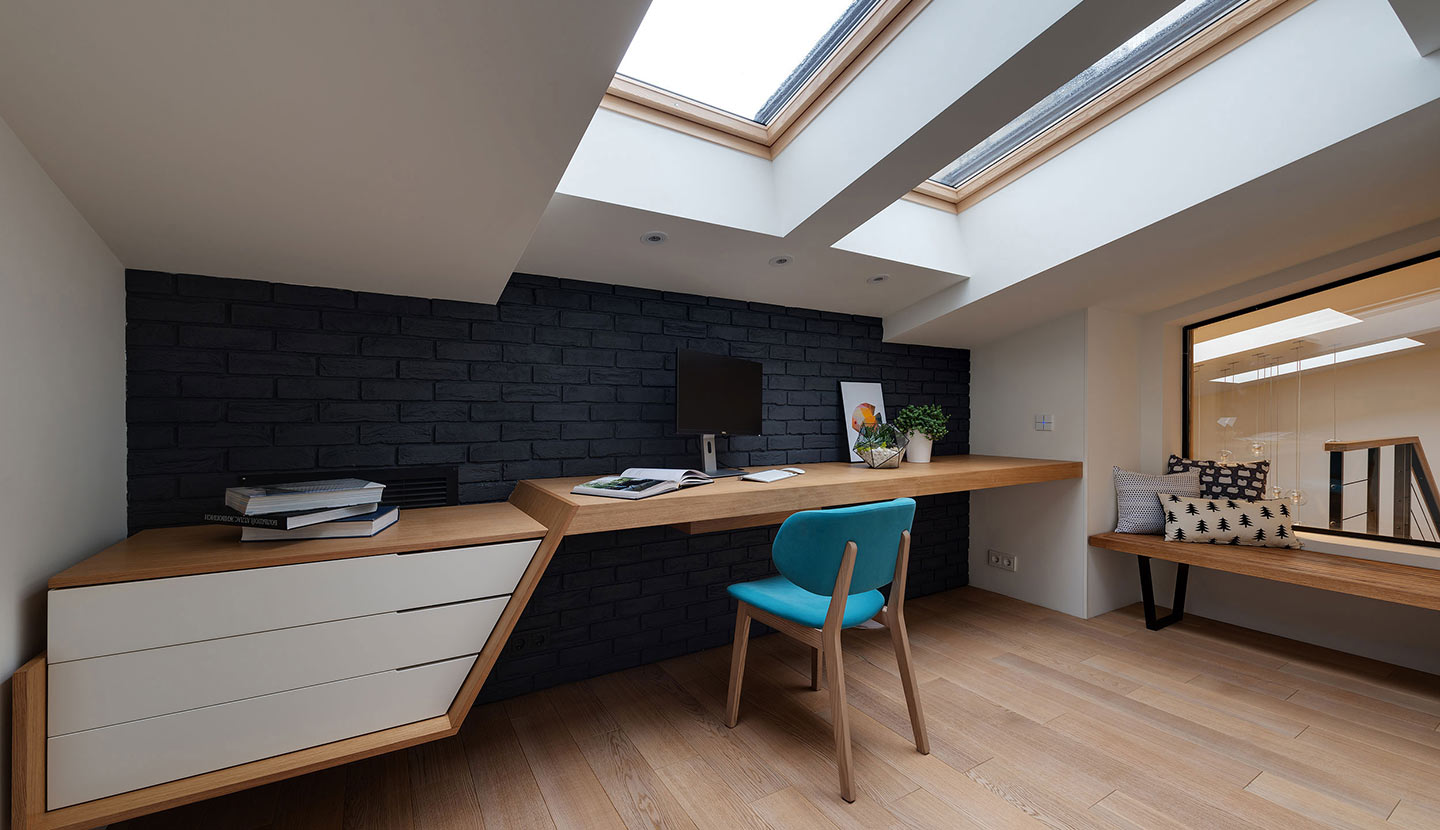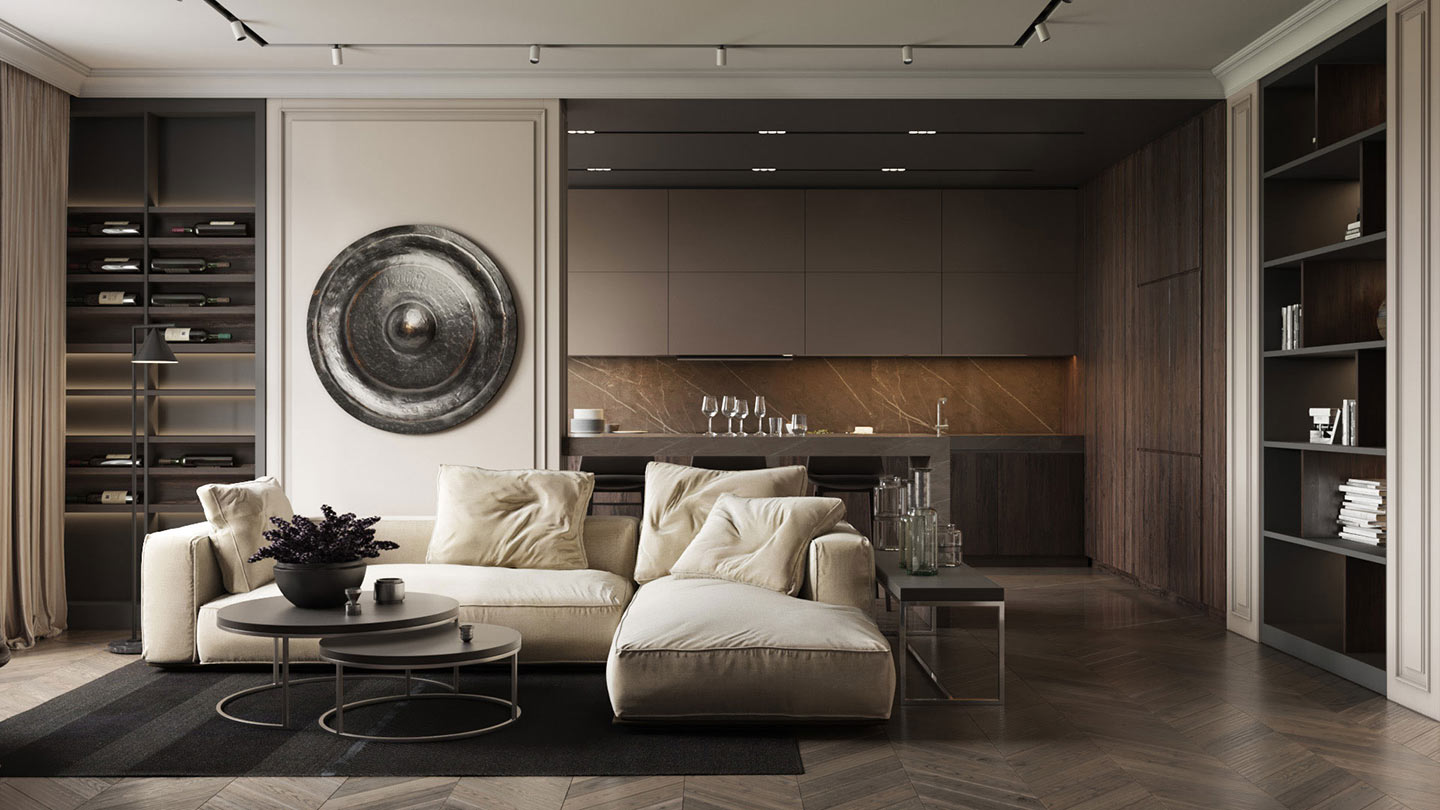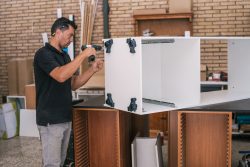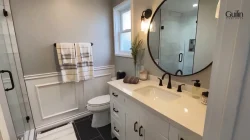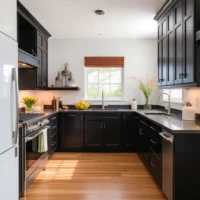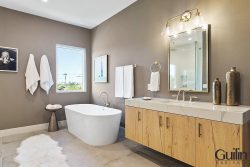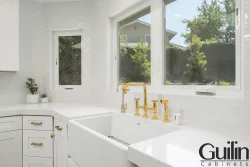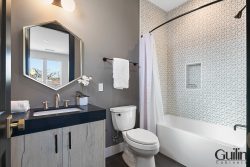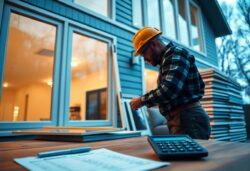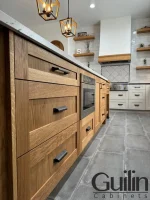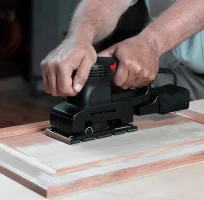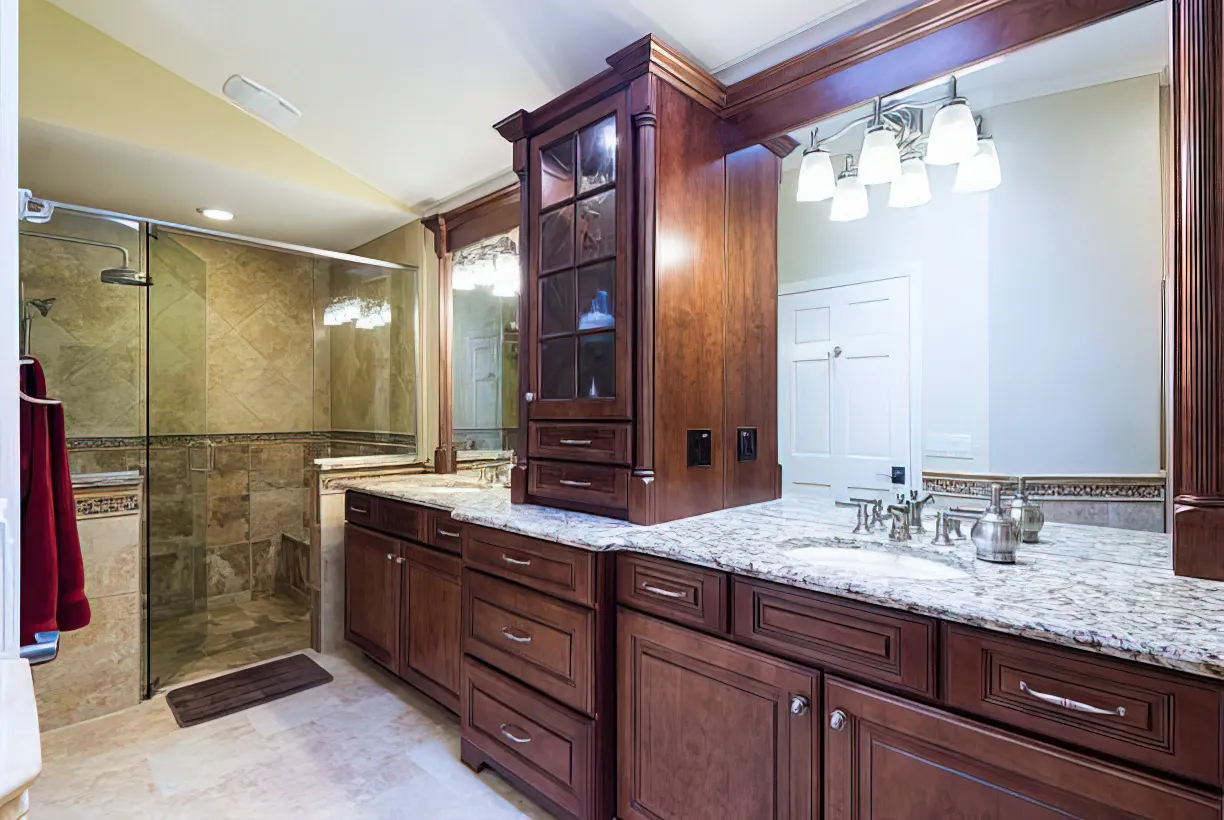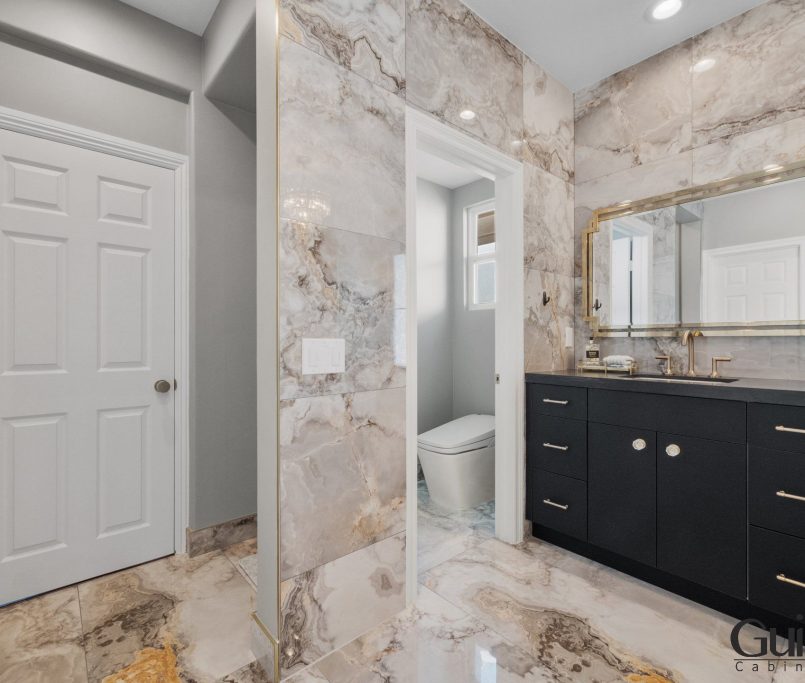Making kitchen renovations can make all the difference in the home. Cabinets are a major portion of the budget for any kitchen remodel, which is why it’s important to consider all your options in terms of materials. Particle board cabinets are often seen in big box stores but is it a good choice for your kitchen? Before you make a decision, it’s important to understand the pros and cons of particle board cabinets.
=> Related Article: 10 Best Cabinet Materials: How To Choose Right!
The Common Cabinet Materials List:
- Solid Wood:
- Plywood:
- Particleboard:
- Melamine Wood:
- Wood Veneer:
- Laminate:
- Thermofoil:
- MDF: Medium-Density Fiberboard
- HDF: High-Density Fiberboard
- Stainless Steel:
What is a Particle board?
Particleboard (Known as: chipboard cabinets) is a type of wood-based material that is made of wood chips, sawdust, and other wood particles which are glued together with a resin. It is often used in furniture and cabinetry because it is lightweight and cost-effective. The downside is that particleboard is not as durable as other materials like plywood and solid wood, and can easily be damaged by moisture and heat. Additionally, particle board cabinets may warp, swell, and fall apart if not properly cared for.
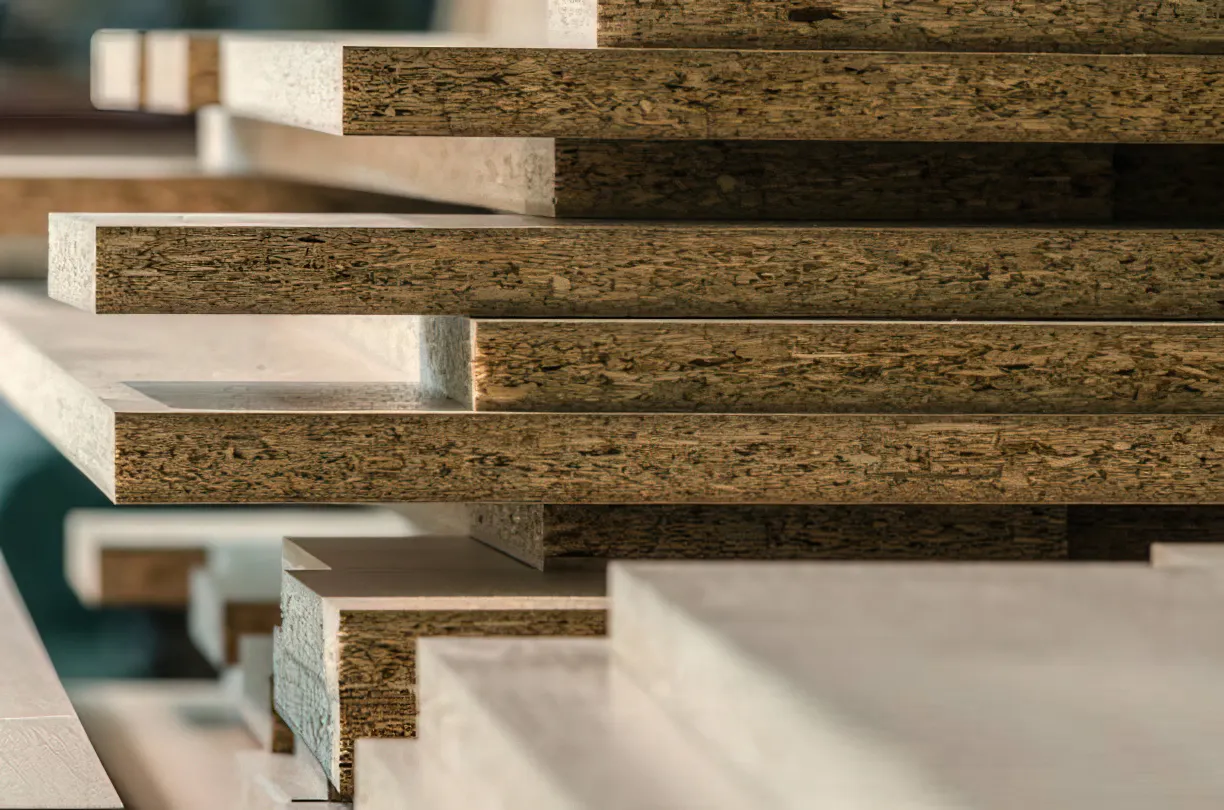
Particle board cabinets are commonly used in the furniture industry due to their affordability and lightweight nature. However, these cabinets come with a set of drawbacks that make them unsuitable for kitchen environments. One of the most significant disadvantages is their susceptibility to warping when exposed to humidity and moisture. Additionally, particle board cabinets are not as strong or durable as alternatives like solid wood or plywood, making them prone to damage in high-use areas like kitchens. Furthermore, their inability to support heavy loads and potential health risks associated with the materials used in their construction should raise concern for homeowners looking for long-lasting cabinetry solutions.
Type of Particleboard for cabinets:
Single-layer particleboard:
This is the most basic type of particleboard, made from compressed wood chips and glue. Its affordability makes it a popular choice, but it lacks the durability of other options.

Three-layer particleboard:
This type of particleboard has a more complex structure, with a central layer of larger wood chips sandwiched between two outer thin layers of MDF (medium-density fiberboard). This makes it stronger than single-layer particleboard but still not as strong as other options.
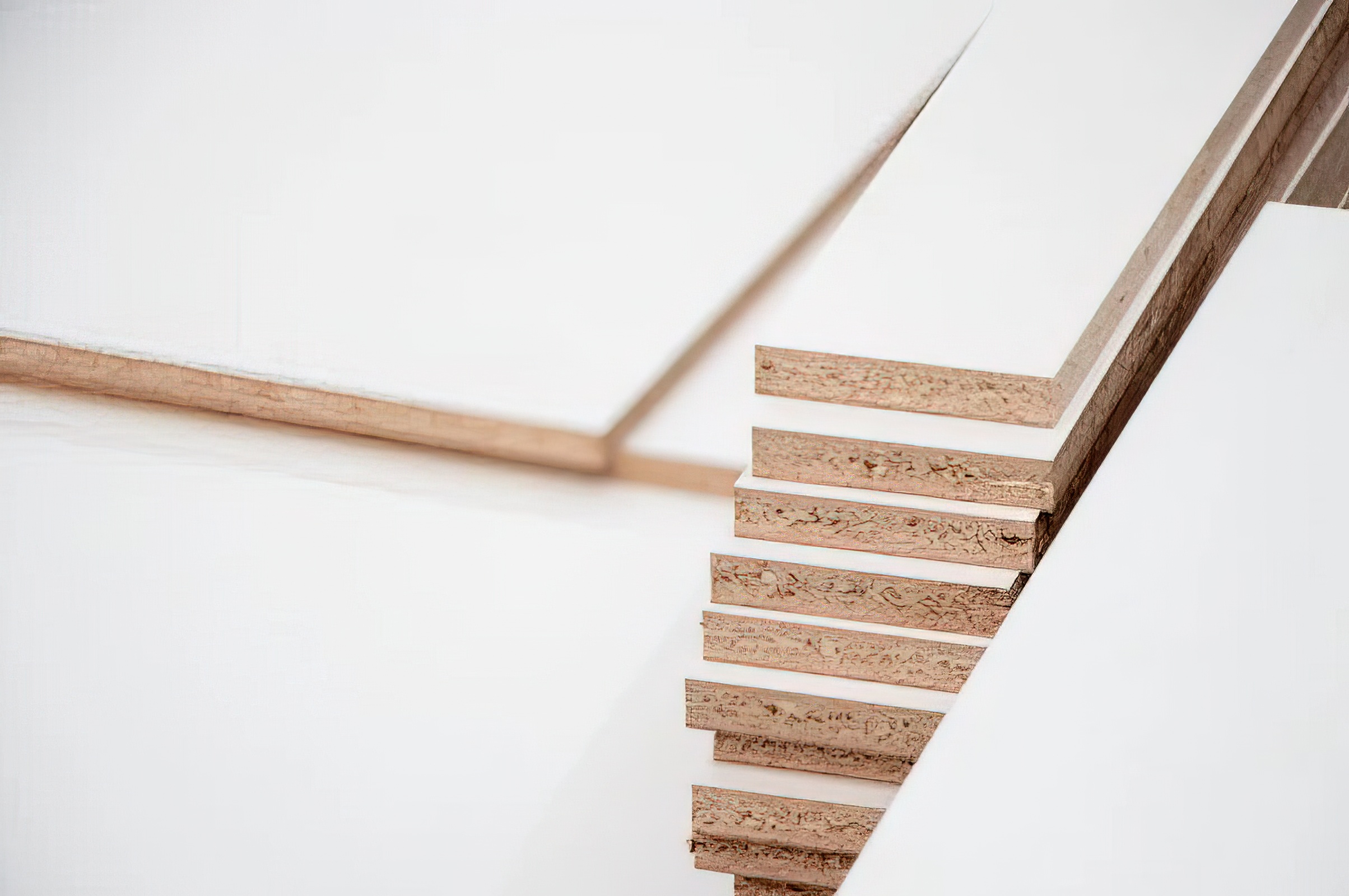
Veneered particleboard:
Similar to laminated particleboard, veneered particleboard also has a thin layer of decorative wood veneer on top. This gives it the look of solid wood but at a much lower cost than solid wood.
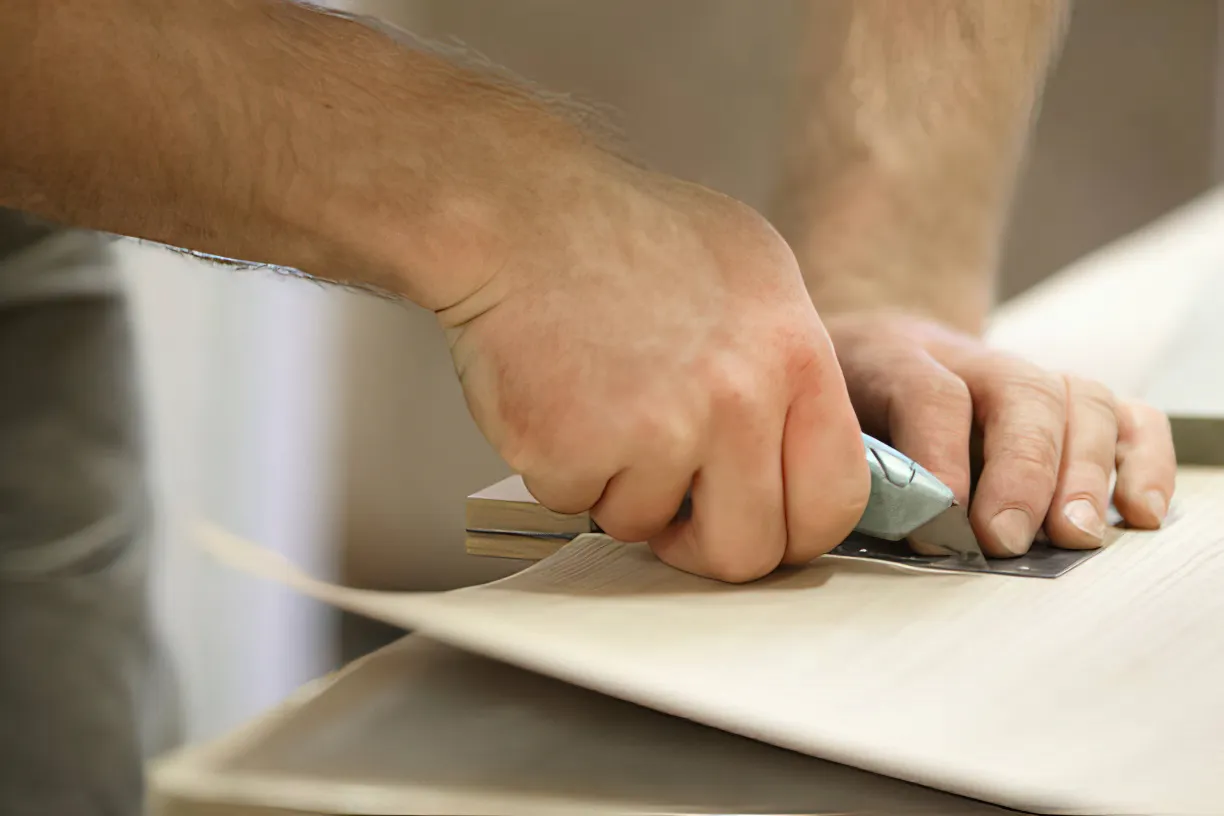
Laminated particleboard:
This type of particleboard is covered with a layer of decorative laminate, which gives it a more polished look. It’s easy to clean but can be prone to scratches and chips over time.
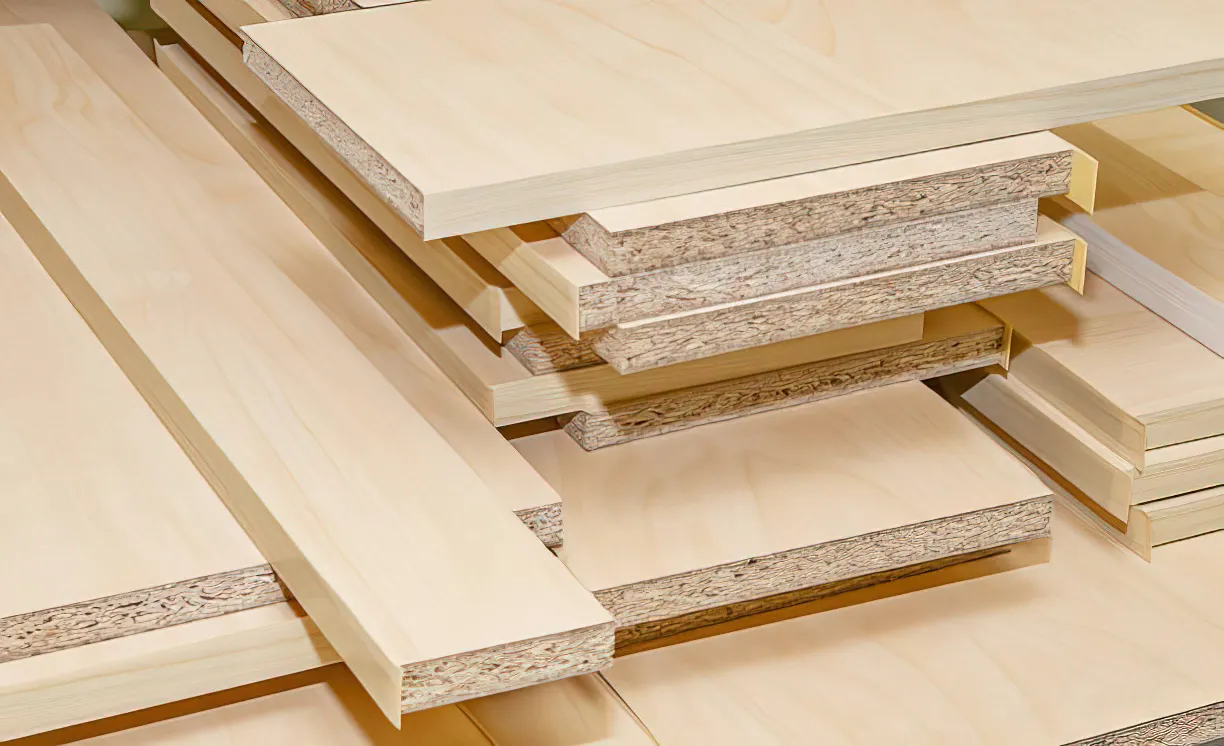
Melamine particleboard:
Melamine is a type of plastic coating that is applied to particleboard to make it more durable and resistant to moisture. It also gives it a smoother finish than other types of particleboard.
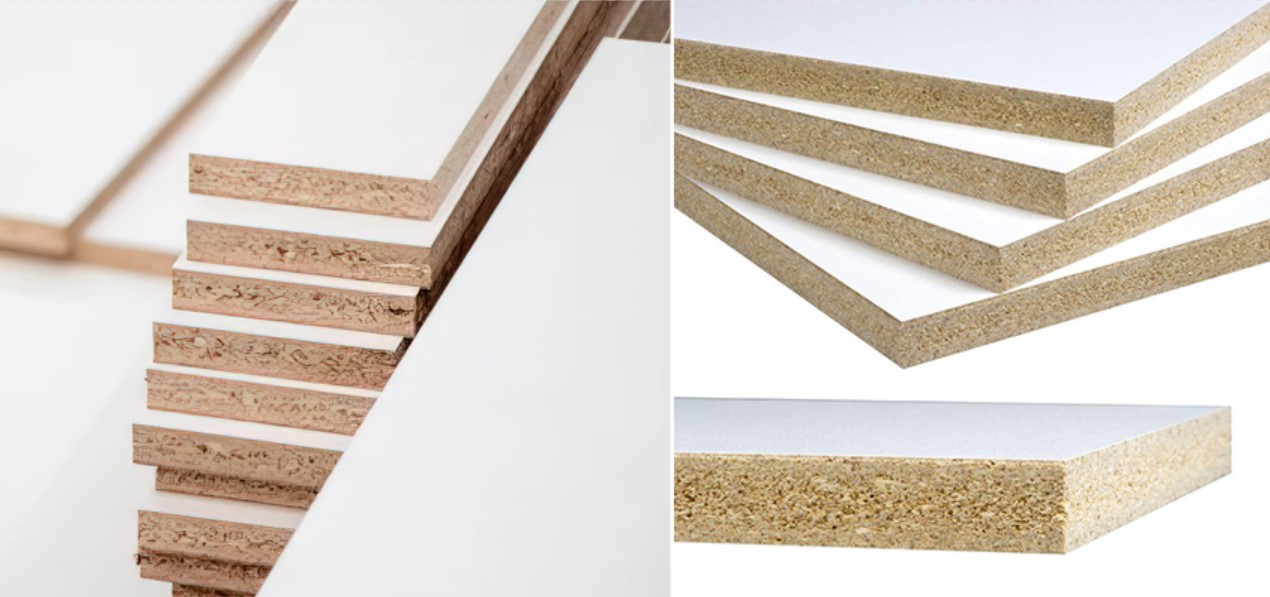
Thermofoil particleboard:
Thermofoil is a heat-sealed vinyl coating that is applied to particleboard, giving it a glossy, smooth finish that is resistant to scratches and stains.
Cement-bonded particleboard:
Made from a mixture of wood chips and cement, this type of particleboard is incredibly strong and resistant to moisture, making it the perfect choice for high-humidity areas like kitchens and bathrooms.
Pros and Cons of Particle Board Cabinets
Considering all the advantages and disadvantages of particle board cabinets, it is clear that they may not be the best choice for a kitchen renovation project. To ensure your cabinets stand the test of time and provide both functionality and aesthetics, investing in high-quality materials is vital. By understanding the pros and cons of particle board cabinets, homeowners can make informed decisions when it comes to selecting cabinetry that will enhance the look and functionality of their kitchen for years to come.
The Pros of Particle Board Cabinets – Advantages
Particle board is commonly used in the manufacture of furniture items like cabinets! It’s Have lots of Benefits:
Very Cheap:
Particle boards are an economical and efficient alternative to plywood, offering homeowners a potential savings of 8-12% when used to build cabinets. These cost savings are achieved by using wood chips and other wood byproducts in the manufacturing process, which are then bound together using heat and pressure.
Lightweight:
They are often used for cabinetry because of their lightweight, which makes them easier to install and move around. They are also relatively inexpensive, making them a cost-effective choice for cabinetry projects.
Easy to Cut & Custom:
Particle boards are easy to cut and customize because they are not as dense as other types of wood. This makes them easier to saw and drill and allows for finer details to be created. They can be cut into any shape or size and can be used to create custom furniture pieces or other items. They can also be painted or stained to match any color scheme or decor.
Eco-friendly:
Particleboards are considered eco-friendly because they use less wood than traditional solid wood construction. This means that fewer trees are cut down to produce particle boards, resulting in less deforestation and fewer negative impacts on the environment. Additionally, particle boards are often made from recycled wood, and by-products from plywood, which means that fewer trees are harvested.
The Cons of Particle Board Cabinets – Disadvantages
Poor strong, durable:
Particle board cabinets are not as strong or durable as solid wood, plywood cabinets. Over time, particle boards can warp, expand, and crack due to humidity and temperature changes. This can make it difficult to keep the cabinets looking good and functioning properly. Particle board cabinets are also prone to water damage. The material is not waterproof, so if it gets wet, it can start to swell, warp, and crumble.
Nots support heavy loads:
Particleboard cabinets are often used as an inexpensive option for cabinetry because they have a few drawbacks. One of the major drawbacks is that they do not support heavy loads. Particle board cabinets also tend to be less durable than other types of cabinets, such as plywood or solid wood cabinets. The wood particles used to make particle boards often contain knots and voids, which can weaken the cabinet and make it more susceptible to damage. Additionally, particle board cabinets are usually covered in plastic laminate, which can be easily scratched or chipped.
Not as safe as other materials:
One of the important is that particleboard cabinets are not as safe as other materials. Particle board is not as strong as plywood or solid wood and is more prone to warping and cracking. This can make the cabinets collapse if not properly supported. In addition, since the particle board is made from wood particles and glue, it may contain formaldehyde, which can be hazardous to your health.
Low Resale Value
Particle board is a composite material made of wood chips, sawdust, and other small pieces of wood. While it is relatively inexpensive and easy to work with, it does not have the same durability and longevity as traditional solid hardwood cabinets. They may start to show signs of wear and tear over time. This means that when it comes time to sell the home, potential buyers may not be willing to pay a premium for particle board cabinets, as they are not seen as a long-term investment. In comparison, hardwood cabinets are a more desirable option for buyers and can help to increase the resale value of a home.
Easy to Water Damage
Particleboard is particularly susceptible to water damage in areas with high humidity levels, such as bathrooms and kitchens. In these areas, the moisture in the air can easily penetrate the particleboard, leading to swelling and warping. The constant exposure to water and moisture can also promote the growth of mold and mildew, which can further damage the board and create health hazards. Thus, it is important to avoid using particleboard in areas that are prone to water exposure. Instead, alternative materials such as solid wood, plywood, or medium-density fiberboard (MDF) with moisture-resistant properties should be used. Additionally, it is essential to take preventive measures such as sealing the edges of particleboard cabinets or using a waterproof finish to protect the board from moisture.
Comparison with Other Cabinet Materials
Many homeowners consider various cabinet materials when planning their kitchen or storage solutions. Here’s a comparative overview to help you understand the strengths and weaknesses of different cabinet materials, including particleboard.
| Cabinet Material | Pros and Cons |
|---|---|
| Solid Wood | Pros: Durable, aesthetically pleasing, can be refinished. Cons: More expensive, susceptible to warping and cracking. |
| Plywood | Pros: Stronger than particleboard, resistant to moisture, versatile. Cons: Higher cost, not as dense as solid wood. |
| MDF | Pros: Smooth finish, affordable, resistant to warping. Cons: Not as strong as plywood and can be susceptible to water damage. |
Solid Wood Cabinets
About solid wood cabinets, you will find that they are often revered for their durability and timeless beauty. Solid wood provides a natural look that can enhance any space. However, their higher cost and tendency to warp under humidity can be drawbacks for some homeowners.
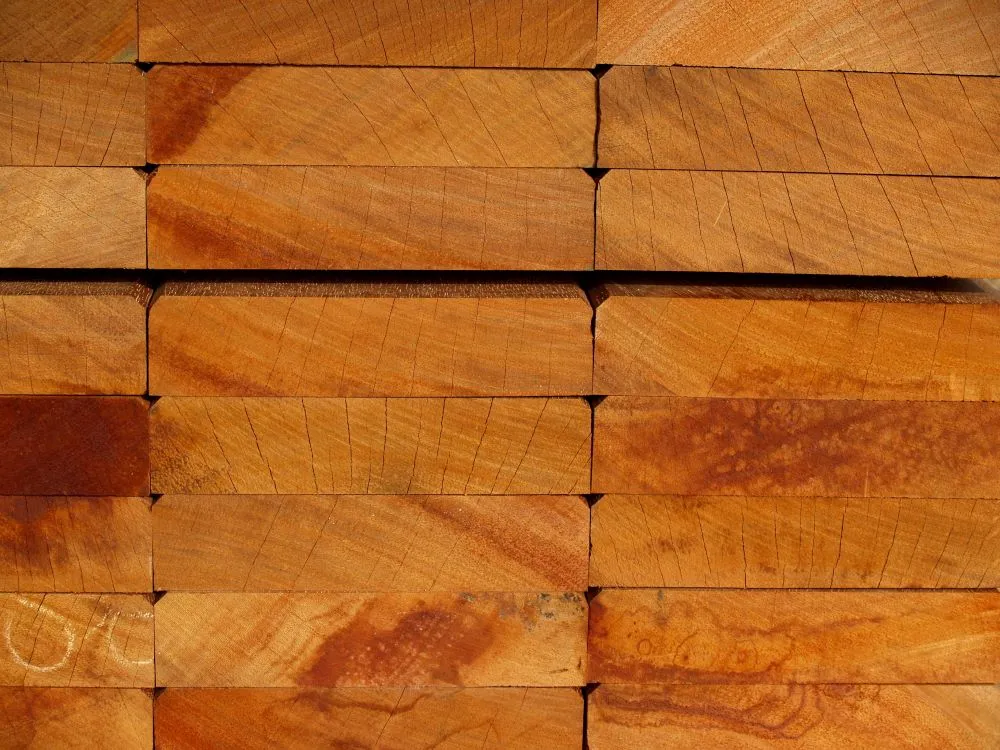
Plywood Cabinets
On the other hand, plywood cabinets offer a great balance between strength and affordability. The layered construction gives them added durability, making them less susceptible to warping compared to particleboard.
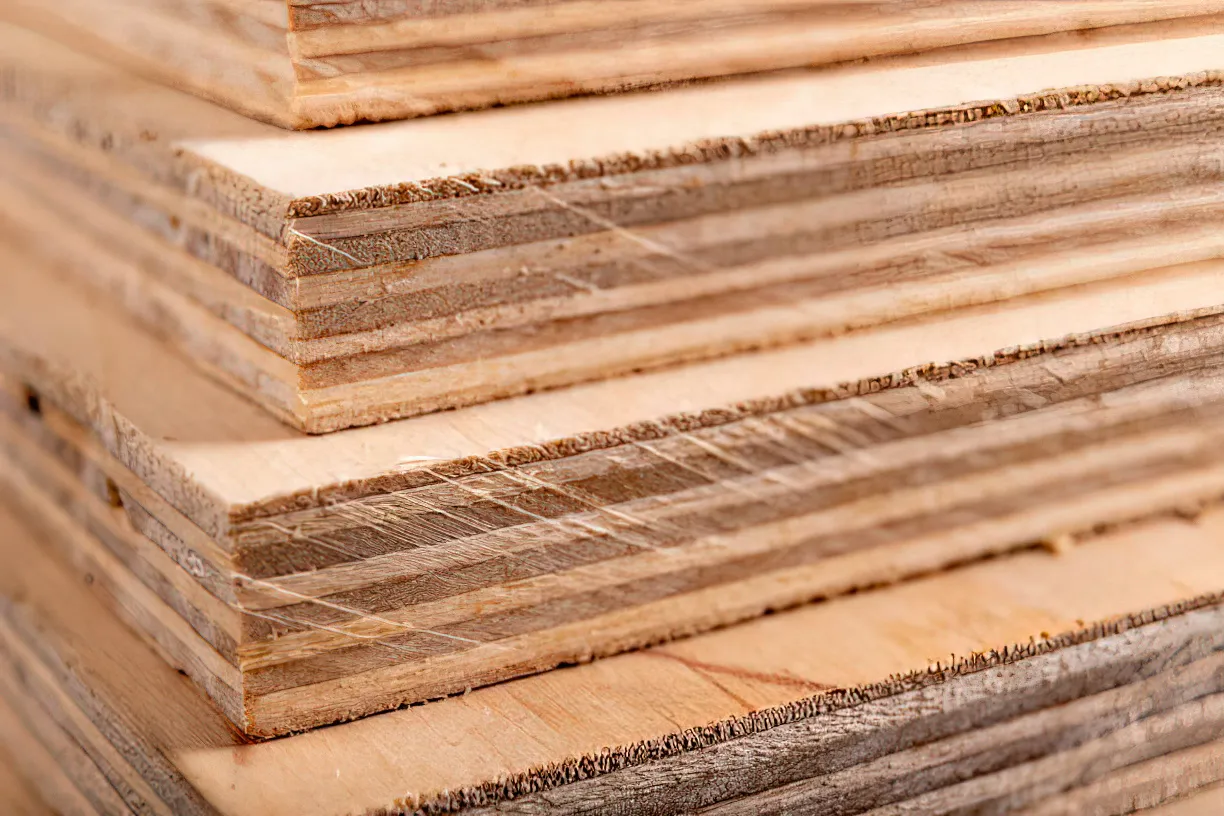
Considering their layers, plywood cabinets are an ideal choice if you are looking for materials that handle moisture better than other options. Their stability and resistance make them suitable for various environments, whether in kitchens or bathrooms, positioning them as a practical investment for long-term use.
MDF Cabinets
An alternative option to consider is MDF cabinets, which are made from wood fibers and resin. You might appreciate their smooth surface, which allows for an excellent paint finish, making them popular in modern designs.
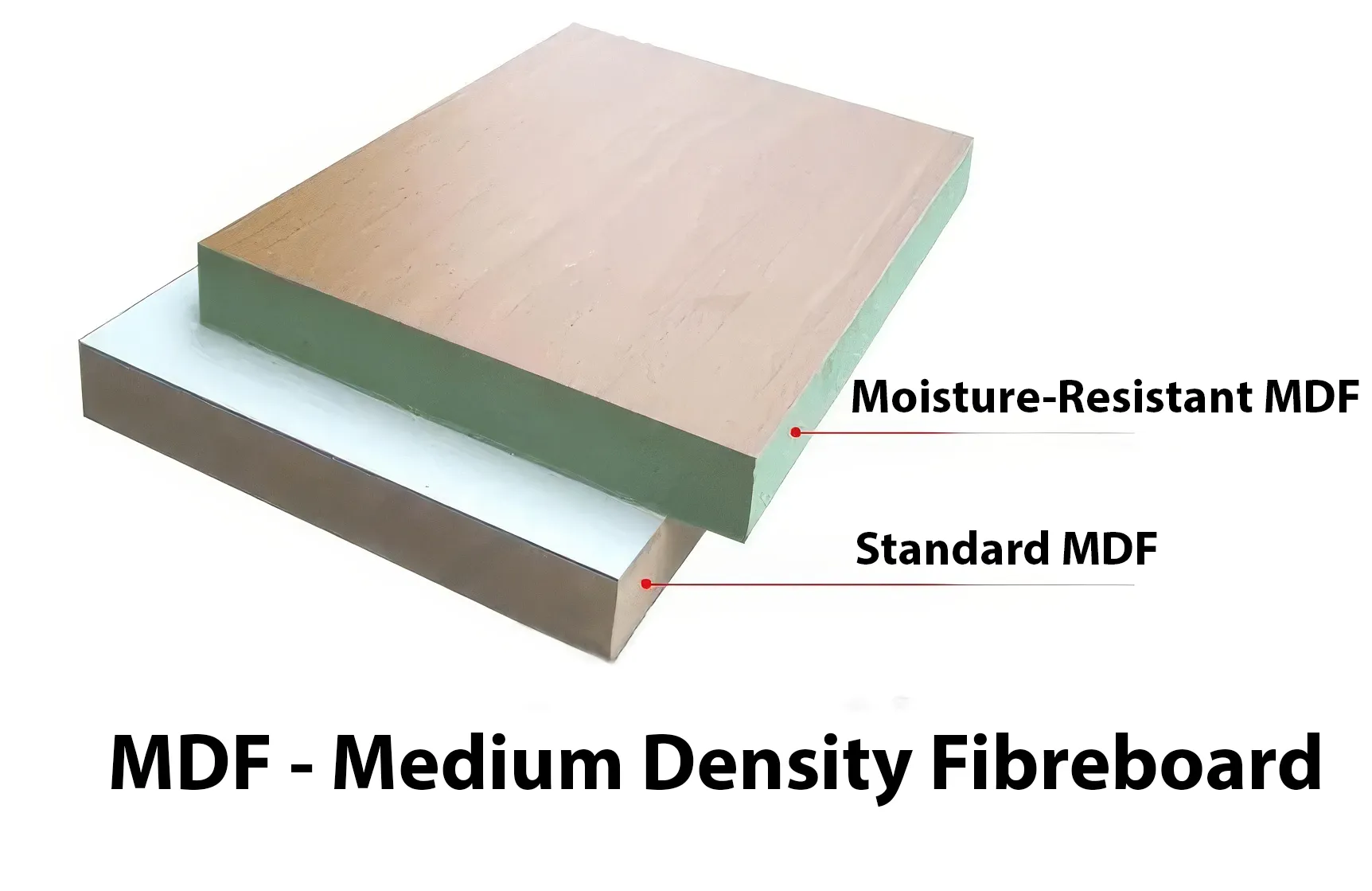
Plywood cabinets often outperform MDF in terms of strength and water resistance. However, if you prioritize a smooth, refined look at a lower price point, MDF can be a worthwhile choice, especially when your cabinetry is located in a low-moisture environment. Just be mindful of their limitations, as they are generally not as durable as plywood.
Wholesale Particleboard Cabinets in Irvine
Would you like to remodel your kitchen with affordable, high-quality cabinets? Stop looking! Guilin Cabinets in Irvine, We are a Wholesale particleboard that offers a stunning variety of alternatives if you want to improve the look of your kitchen on a budget.
Please! Contact Guilin Cabinets Today for assistance!
- Hotline: +1 949 299 2370
- Email: info@guilincabinets.com
=> Related Service: B2B Cabinetry Service – Guilin Cabinets

FAQs About Pros and Cons of Particleboard Cabinets
Are particleboard cabinets durable and long-lasting?
While particleboard cabinets can be reasonably durable, they are not as strong and long-lasting as solid wood cabinets. Over time, particleboard can sag or break down more quickly than hardwoods, especially when exposed to moisture.
How do particleboard cabinets compare in cost to other cabinet materials?
Particleboard cabinets are generally less expensive than solid wood cabinets, making them a popular choice for those on a budget. However, it’s important to consider the long-term costs of replacement or repair if your particleboard cabinets don’t hold up over time.
How long will particle board cabinets last?
The lifespan of particleboard cabinets depends on several factors such as the quality of the particleboard, the construction of the cabinets, the finished, and how well they are maintained. On average, particleboard cabinets can last between 3 – 15 years with proper care and maintenance. However, they may not be as durable as solid wood or other engineered wood products and may need to be replaced sooner. It is essential to weigh the pros and cons before deciding if particleboard cabinets are the right choice for your home and your budget.
How do particleboard cabinets affect home value?
While particleboard cabinets may be a more affordable option for kitchen remodeling, they may not add as much value or appeal to your home as solid wood cabinets would. Homebuyers may view particleboard cabinets as lower quality and may be less willing to pay top dollar for them.


